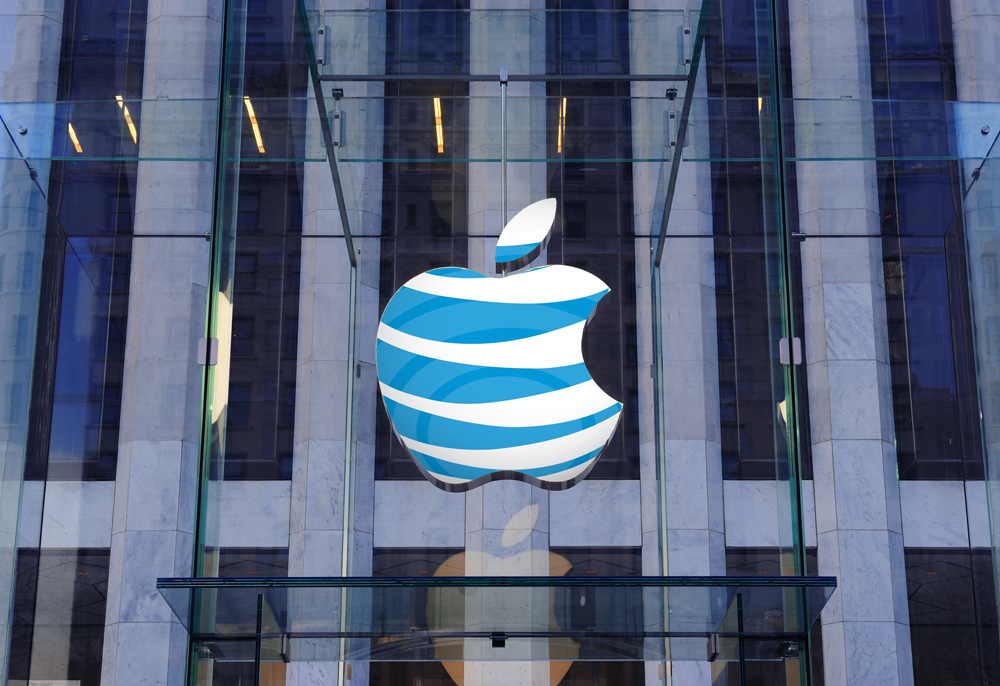Below we have a branding “horse race” that starts in 2000 and ends in 2018.
Coca-Cola leads the pack when the “race” begins. But then Apple becomes a threat as it starts to move upward in 2011. It quickly passes Disney, McDonald’s, and starts to threaten the leader. Meanwhile, Marlboro slips out of the top 15 while Amazon enters in 2014, keeps climbing, and soon pushes Microsoft aside. (Amazon’s ascent is amazing.)
Do take a look. The numbers represent the value of the brand in millions.:
But what are we really talking about? Let’s see what it means to have a global brand.
Global Brands
A brand is a personality that distinguishes a good or a service from all others. It can relate to a taste, a texture, a technology. It can shape what a consumer experiences. When a brand is doing its job, it adds to the value of the good or service. And of course, brands help firms compete.
The question though is how a brand can get a dollar value. Some say you can calculate the cost of creating the brand. Others suggest pricing the brand as though you were selling it. A third possibility is the income generated because of the brand.
You can see that none of the brand valuation methods is precise. Perhaps for that reason, one leading group said Apple’s brand was equal to $214 billion in 2018. Also saying Apple was the #1 brand, Forbes arrived at $182 billion.
For us though the key is the impact. Businesses need to know the value of their brand. Employees and stockholders care about the profit from a well-managed brand. Investors want brands to create value. Consumers use brands to judge what they buy.
Demand
As economists, we could also say a successful brand shifts our demand curve to the right. The utility it creates can give us more satisfaction and more pleasure. It can make us believe that the good or service is more useful, healthier, or stylish. The brand increases our demand.
In addition, when brands promote loyalty, our demand becomes inelastic. Defined as a relatively minor response to a price change, inelasticity means that purchases slip only slightly even when price substantially goes up. With the brands we love, we are happy to pay more. For that reason, a similar or identical generic product is usually cheaper.
Below, a somewhat inelastic (more vertical) demand curve shifts to the right because of the extra utility from a compelling brand:
 Our Bottom Line: Standardization
Our Bottom Line: Standardization
Like weights and measures, brand valuation has been standardized. Composed of 120 member nations and 43 others that participate, the International Organization for Standardization (ISO) has published the variables firms can use to calculate their brand’s monetary value. The group that did our YouTube GIF, Interbrand, relates the ISO metric to its ranking.
My sources and more: You might enjoy (as did I) going to Interbrand’s report to see the ranking of the top 100 brands. To take the next step, the Forbes list is a possibility. Finally, getting more technical, I suggest this paper, Interbrand’s explanation for its metric, and this ISO report.







